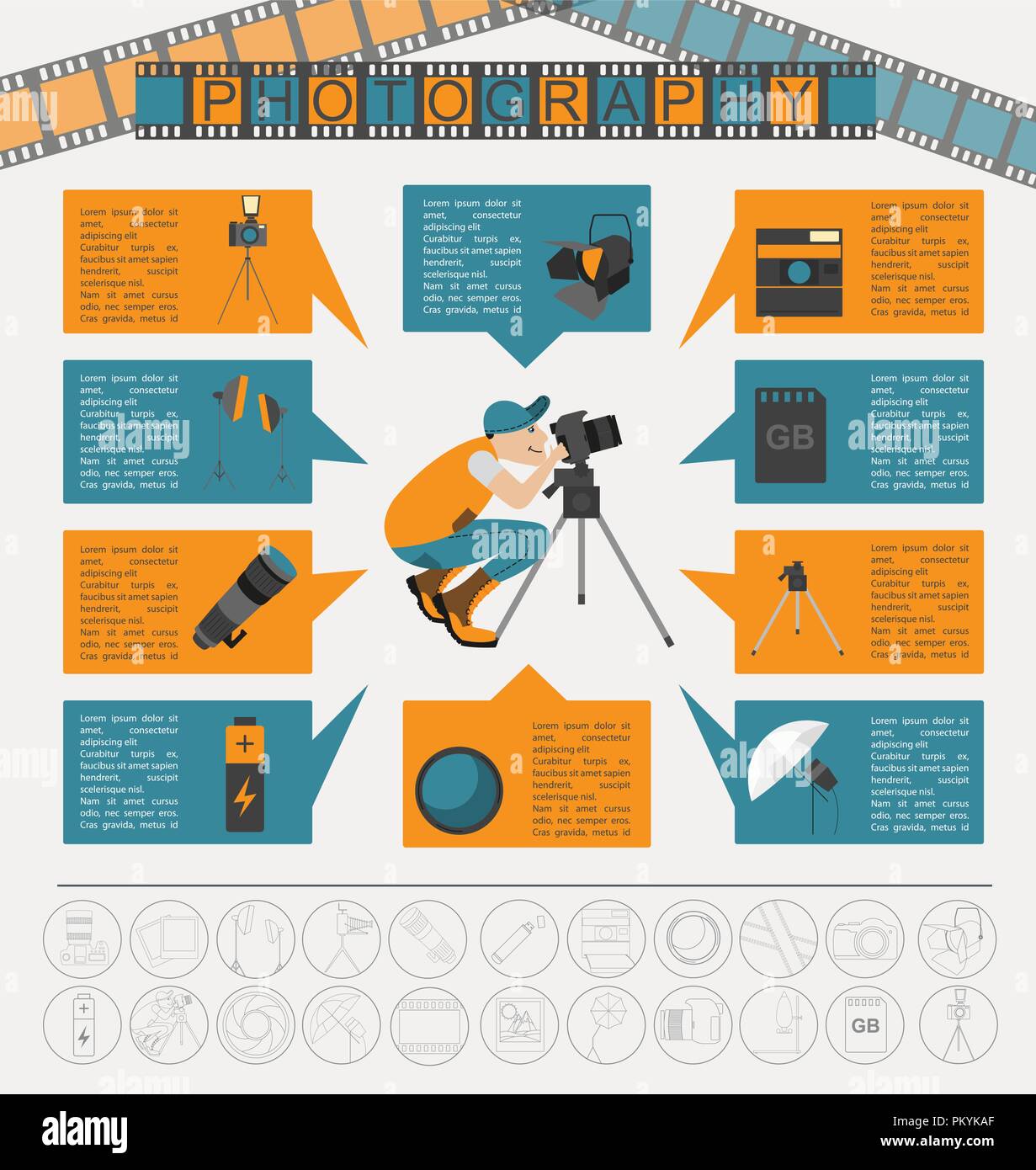What Every Professional Photographer Should Understand About Illumination
What Every Professional Photographer Should Understand About Illumination
Blog Article
Authored By-Greenwood Olsson
As a photographer, you understand that lights can make or break your pictures. Comprehending the subtleties of both all-natural and fabricated light is crucial for catching the mood and clearness you aim for in your work. Whether you're going after the excellent golden hour radiance or adjust your synthetic arrangements, grasping these components can elevate your digital photography dramatically. Yet there prevail risks that numerous neglect, and acknowledging them can change your method to every shoot. Allow's discover what you might be missing and exactly how it can influence your results.
Understanding Natural Light
Recognizing natural light is essential for any digital photographer looking to improve their job. It's the foundation of wonderful digital photography, affecting mood, tone, and clearness. When you shoot outdoors, take notice of the time of day. The golden hour-- quickly after sunrise and before sundown-- supplies soft, warm light that can change common scenes into spectacular images.
Do not underestimate the power of overcast days. Cloud cover diffuses sunlight, developing a soft, even light that's best for pictures and macro digital photography. You'll find colors pop in this kind of illumination without severe shadows.
Placing issues, too. Constantly consider https://postheaven.net/charlie45keli/just-how-to-construct-a-photography-profile-that-sticks-out to the light source. If the sun's behind your subject, you might end up with a shape, which can be dramatic yet mightn't be what you desire. On the other hand, direct sunlight can create unflattering shadows.
Explore angles; occasionally, altering your perspective can produce impressive results. Use all-natural reflectors, like water or sand, to jump light onto your topic, including dimension.
Learning Artificial Light
Grasping synthetic light is vital for professional photographers who intend to take their skills to the following level. Whether you're using speedlights, workshop strobes, or continual lights, comprehending how to adjust these sources can substantially boost your pictures.
Start by familiarizing on your own with the basics of light top quality, instructions, and shade temperature level. Trying out various modifiers like softboxes, umbrellas, or grids to manage the soft qualities or violence of the light.
visit the following website 'll discover that soft light usually creates lovely results, while harsher light can add dramatization and depth. Do not shy away from https://writeablog.net/lona6897robert/innovative-digital-photography-ideas-releasing-your-creativity can enhance the three-dimensionality of your topics.
Pay very close attention to the positioning of your lights. A light located also near to your subject can develop uncomplimentary results, while also far away can bring about a lack of information. Utilize a light meter or your video camera's pie chart to ensure you're subjecting appropriately.
Last but not least, bear in mind that synthetic light can be blended with ambient light for innovative effects. Balancing these resources could take practice, once you grasp it, your digital photography will truly shine.
Techniques for Various Situations
When you enter different capturing situations, adjusting your illumination strategies is important for capturing the best pictures. For outdoor portraits, use the gold hour-- morning or late afternoon light-- to soften shadows and boost complexion.
If it's a harsh noontime sunlight, consider making use of a reflector to bounce light back onto your subject or look for shaded areas for an extra even exposure.
In low-light circumstances, like interior events, increase your ISO and use a vast aperture to allow in even more light. A tripod can help get rid of electronic camera shake, allowing for longer direct exposures without blurring.
If you're shooting at evening, trying out off-camera flash to produce vibrant illumination and depth in your photos.
For product photography, utilize diffused lighting to stay clear of rough reflections. Softboxes or light outdoors tents can assist accomplish this result.
When photographing landscapes, think about the direction of light and time of day, as it can considerably transform the state of mind of your shot.
Constantly be ready to adjust your settings and placing based upon the scenario, as adaptability is crucial to mastering illumination in digital photography.
Final thought
Finally, grasping lighting is essential to boosting your digital photography abilities. Accept natural light's elegance during gold hour, and don't shy away from trying out man-made light techniques. By adapting your method to various circumstances, you'll record spectacular pictures that reverberate with feeling and clarity. Remember, the best lights can transform an ordinary shot into something remarkable, so maintain practicing and improving your understanding of both all-natural and man-made light. Happy capturing!
